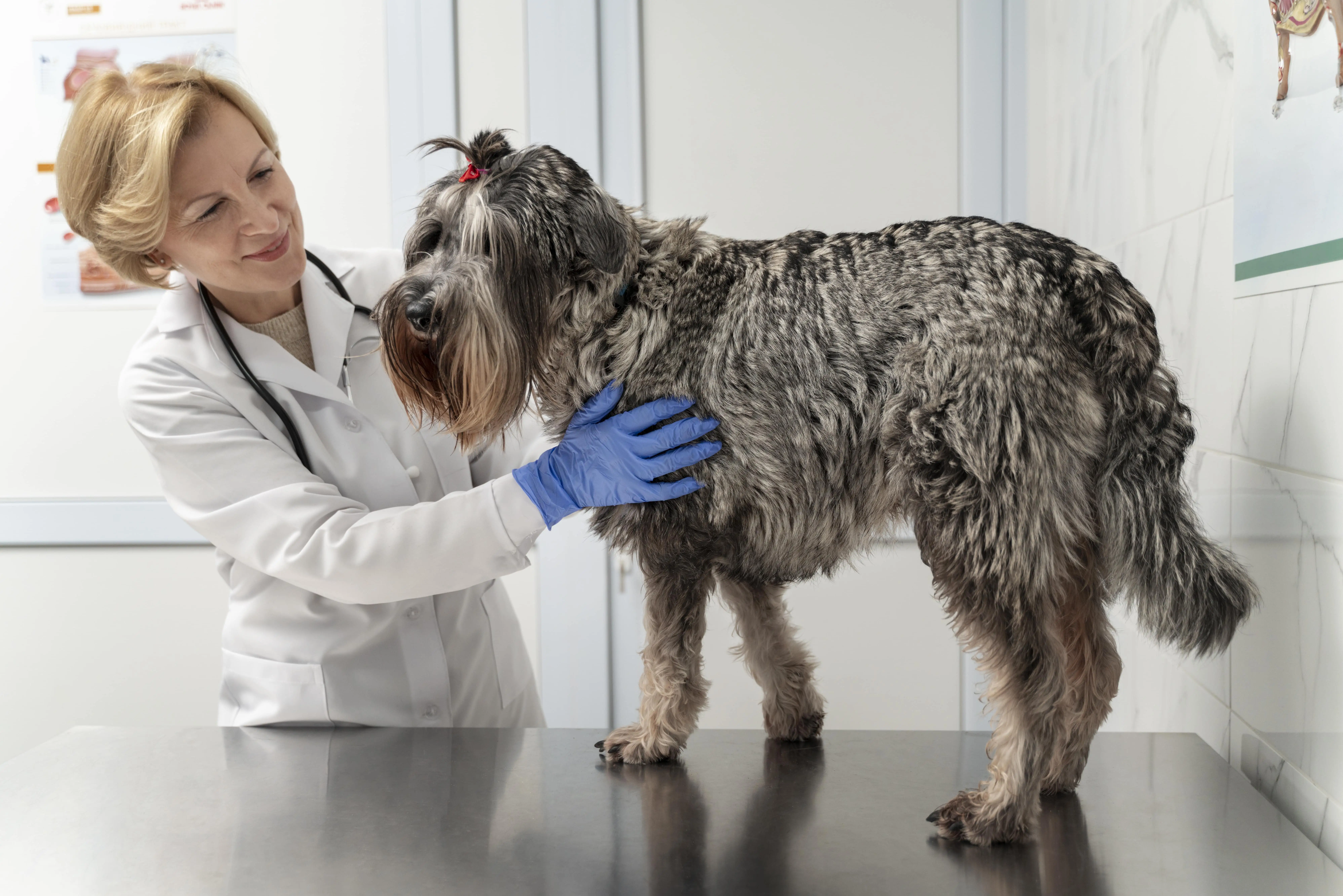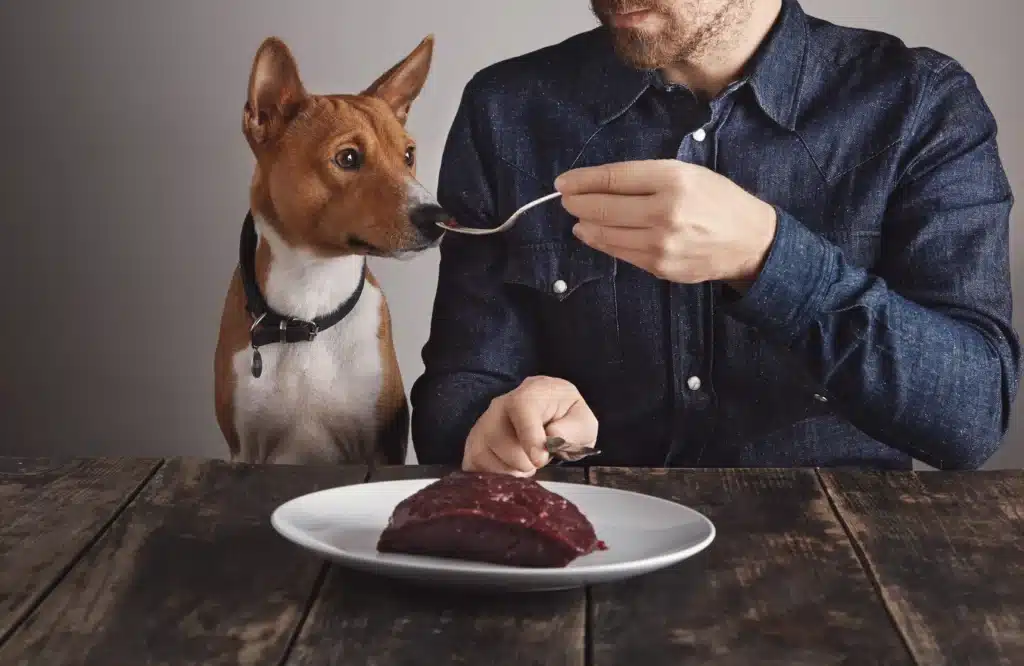If you have (or plan to welcome) a Border Terrier into your home, you will know that they are affectionate, energetic, and small but mighty. This exuberant character comes with its own energy and demands an appropriate diet. I will explain to you what really constitutes an ideal diet for Border Terriers, how to feed through the life stages, weight management techniques, and diet adjustments for concerns specific to the breed.
1. Why Does Nutrition Matter (especially for Border Terriers)
Border terriers have elevated metabolic rates, lots of energy, and may also be more sensitive than many breeds to digestive problems, dermatological issues, and weight changes. A poor diet may worsen:
- Food sensitivities and allergic dermatitis
- Unsettled guts (gas and irregular faeces)
- Joint stresses if overweight
- Poor coat, low energy, weakened immunity
- Feeding wisely is not just about fullness; it is about ensuring your little terrier has a decent foundation to thrive!
2. What Should a Diet for Your Border Terrier Include?
Any balanced dog diet should provide all six major groups of nutrients; however, in a small, active breed like the Border, the balance and quality of the diet are more significant factors.
A suitable diet for a Border Terrier should provide a well-balanced combination of vital nutrients that support their energetic and resilient nature. High-quality animal protein is critical for supporting healthy muscle development, an effective immune system and overall growth.
Sources of bone and minerals provide calcium, phosphorus, and trace minerals to support teeth and bone health; if you are feeding a raw or whole-food diet, you can mix in ground bone or make substitutions with precise premixes based on nutrient standards.
Even organ meats/offal (e.g. liver, kidneys, heart, etc.) are packed with a range of vitamins A and B, iron, zinc, selenium and other micronutrients, with guidelines suggesting 5-10% organ meat content, in whole-food or raw formulation.
In addition, there is the matter of water and hydration- important for all metabolic processes for any and all life; animals need water for thermoregulation of their bodies, to lubricate tissues, and to facilitate any and all physiological actions (www.purina.com).
3. How much to Feed: A Feeding Guide for a Border Terrier
Because Border Terriers are small, it is easy to overfeed or underfeed. Here is a guide:
- Adults (5-7 kg/ 11- 15 lbs): ~2-2.8 % of their body weight in food daily. This is approximately 100-200 grams of raw/fresh food, depending on the formula
- Puppies: feed them 3-4 times daily, at ~8-10% of their body weight, divided according to their age
- Seniors/ low activity: reduce them by ~10-20% depending on how active they are and their body condition.
Be sure to always adjust based on:
- Body condition (you should be able to feel ribs with a light cover, and there should be no obvious waist bulge)
- Level of activity (more active means more calories)
- Age, health condition, metabolism
- Weigh your Border monthly, and you will be able to adjust increments of 5-10 grams at a time.
4. Shifting Away from Your Existing Diet (Safely and Gradually)
When changing one’s diet, it is common for one’s digestion to become upset. Below is a safe protocol to transition to your new diet over a span of 7–10 days:
Days 1–2: 25 % new diet + 75 % old diet
Days 3–4: 50 % new diet + 50 % old diet
Days 5–6: 75 % new diet + 25 % old diet
Day 7: 100 % new diet
While making the transition, observe your dog’s stool consistency, appetite, energy, and gas. If they are experiencing trouble continuing after 2 weeks, then slow the transition or consult your veterinarian.
5. Weight Control & Body Condition
- A Border Terrier that is at a healthy weight is healthy. Obesity can cause excessive strain on joints, worsen skin problems, and lower lifespan.
- A body condition score (BCS) can be helpful. You should see a waist from above, and a tuck-up behind the ribs.
- Always measure your dog’s portions. Avoid free-feeding or over-treating your dog.
- Consider lower-calorie foods or treats (e.g. vegetables, cooked lean meats), or portion out treats as part of the main ration.
- Also, be sure to add exercise! Daily walking, playing with your pet, and mind-enriching activities will increase your dog’s lean mass and health while getting them to burn calories at the same time.
If your Border needs to lose weight, you may consider decreasing about ~10 % of their calories in the initial stage, monitoring their weight for two to four weeks, and then making further adjustments if needed. Please speak with your veterinarian first if you are planning a significant weight reduction.
6. Common Breed-Specific Considerations & Solutions
Skin & Coat Problems / Allergies
These may indicate food sensitivities, environmental (ordinary) allergens, or gut health. To help your dog:
Consider trying a novel protein source (e.g. rabbit, duck, venison) if considering food sensitivity
Add omega-3 fatty acids (fish oil, flax)
Include prebiotics, probiotics, and/or digestive enzymes
For ingredients, choose whole-food sources of protein and avoid artificial colours, flavours, and/or by-products

Dental Hygiene
Small breeds have a greater predisposition to plaque. Raw meaty bones (that are appropriately sized for your dog) can be a good choice of accessory for their daily diet, or you can use dental chew substitutes. Good nutrition helps repair the tissues in the gums.
7. Sample Meal Plans (Examples)
Feeding methods for Border Terriers will always need to be adjusted based on the body weight, life stage, and activity level of your dog. For an adult Border Terrier (~6 kg, moderate activity level), you should plan to feed approximately 120 g of a balanced raw or fresh food diet per day, where the protein is approximately 30 % and the pack fat is approximately 15%. Plus, you can then add in vegetables as well to help achieve the appropriate balance that maintains body condition and muscle tone (Merck Veterinary Manual, 2023).
For ω-3 fatty acids that promote joint health, skin quality, and brain function, you would then supplement your adult Border Terrier with about 5 g of fish oil. To incorporate additional types of prebiotic fibre to aid healthy digestion in a dog, the same type of amount (~5 g) of leafy greens, such as spinach or pumpkin, can be given as treats and add in antioxidants that will help improve the immune system. Occasionally (1–2 × a week), you might want to give your dog a chewable serving of raw meaty bones if you have access because raw meaty bones can help improve and maintain dental hygiene, while also providing minerals such as calcium and phosphorus.
For a puppy (~3 months, 4 kg targeted dog weight), plan to feed up to ~60 g of total food per day in 4 meals. Puppies have slightly higher energy and calcium needs than adult Border Terriers, so it will be very important that you use a puppy-formulated dog food recipe or make sure that your recipe is supplemented and complete with calcium, phosphorus, and essential vitamins that help support bone and muscle growth and development. You should also start to monitor weight and growth weekly and to gradually increase meal sizes as the puppy matures. For a senior or low activity adult dog that is still a true Border Terrier (~6 kg), you can also reduce the portion sizes to around 90–110 g of food per day in order to achieve the same balance of macronutrients.

8. Signs Your Dog’s Diet Needs Tweaking (Red Flags)
There are some changes in your Border Terrier’s condition that could indicate an imbalance in his/her diet. For example, sudden weight gain or weight loss may be an indication of eating too many calories or too few, or a metabolic issue.
Continuing with soft or hard stool could indicate an imbalance in fiber or fat. A dull coat or excessive shedding of fur may also be an indicator of protein or essential fatty acids deficiency.
Skin irritation, itching, or hot spots could be an indicator of an allergy or intolerance to something in the diet. Food-related allergies or intolerances generally occur from a specific protein, but they can also occur from an artificial additive .
Excessive flatulence or an unpleasant odor can sometimes be caused by poor digestibility of the food or eating too many carbohydrates. Lastly, low energy, or changes in appetite are sometimes related to nutrient deficiencies or health conditions that need to be seen by a veterinarian. If you experience any of these conditions for more than two to three weeks, you first might want to look back at your dog’s diet and protein sources, and the amount of food being offered, and possibly revisit your veterinarian for recommendations tailored for your dog.
References
AAFCO. (2023). AAFCO Dog and Cat Food Nutrient Profiles. Association of American Feed Control Officials. Retrieved from https://www.aafco.org
Hill’s Pet Nutrition. (2024). Senior Dog Nutrition and Feeding. Retrieved from https://www.hillspet.com/dog-care/nutrition-feeding/senior-dog-nutrition
Hill’s Pet Nutrition. (2024). Dog Gas and Digestive Health. Retrieved from https://www.hillspet.com/dog-care/nutrition-feeding/dog-gas
Merck Veterinary Manual. (2023). Nutritional Requirements of Small Animals. Merck & Co. Retrieved from https://www.merckvetmanual.com
PetMD. (2022). How Much Should I Feed My Puppy? Retrieved from https://www.petmd.com
PetMD. (2022). Food Allergies in Dogs. Retrieved from https://www.petmd.com
PetMD. (2023). Raw Meaty Bones for Dogs. Retrieved from https://www.petmd.com
PetMD. (2023). Weight Management for Dogs. Retrieved from https://www.petmd.com
Purina. (2024). Vegetables Safe for Dogs. Retrieved from https://www.purina.com
Purina. (2024). Dog Coat Health and Nutrition. Retrieved from https://www.purina.com
VCA Animal Hospitals. (2024). Fish Oil for Dogs. Retrieved from https://vcahospitals.com
VCA Animal Hospitals. (2024). Glucosamine and Chondroitin Supplements for Dogs. Retrieved from https://vcahospitals.com
VCA Animal Hospitals. (2024). Dog Constipation. Retrieved from https://vcahospitals.com


